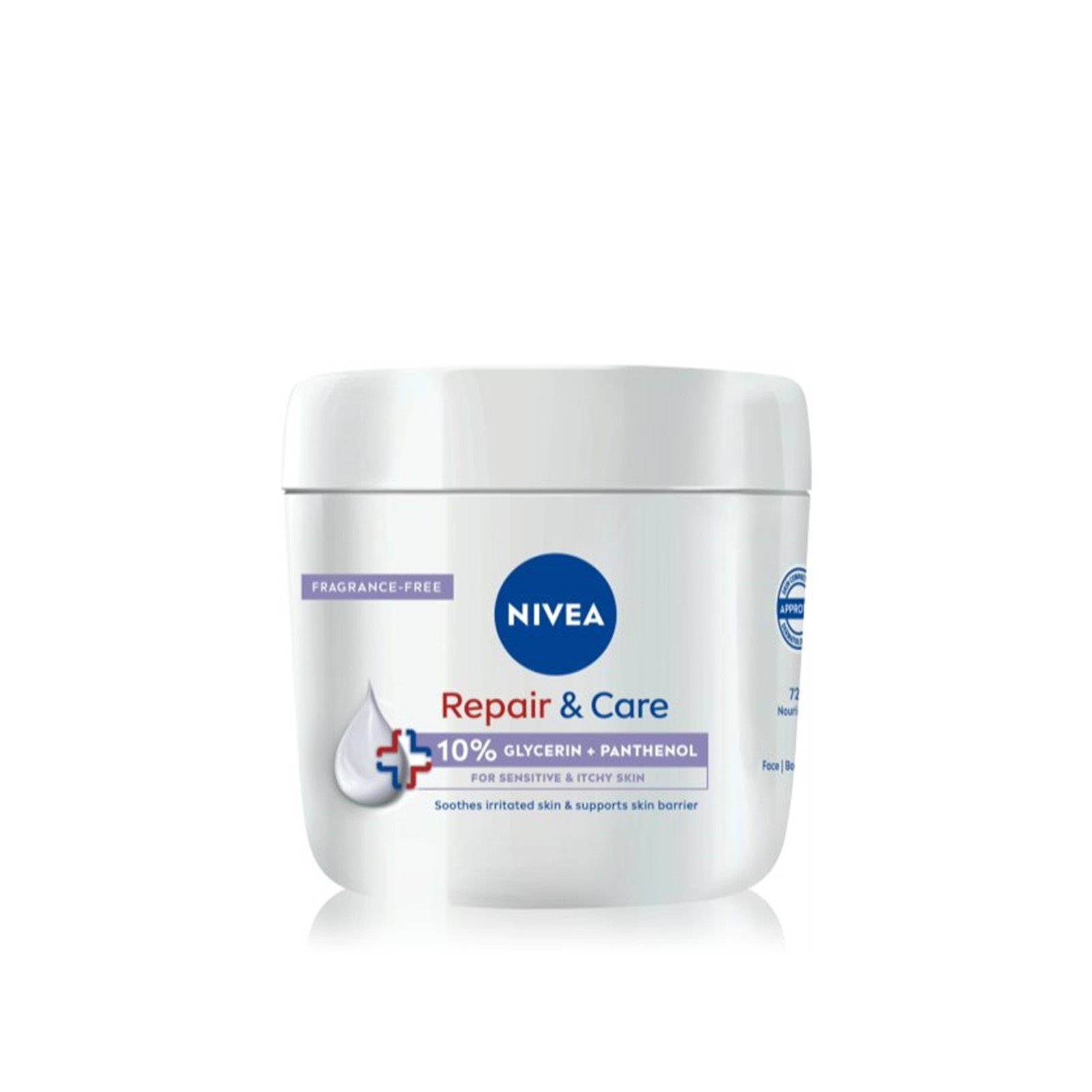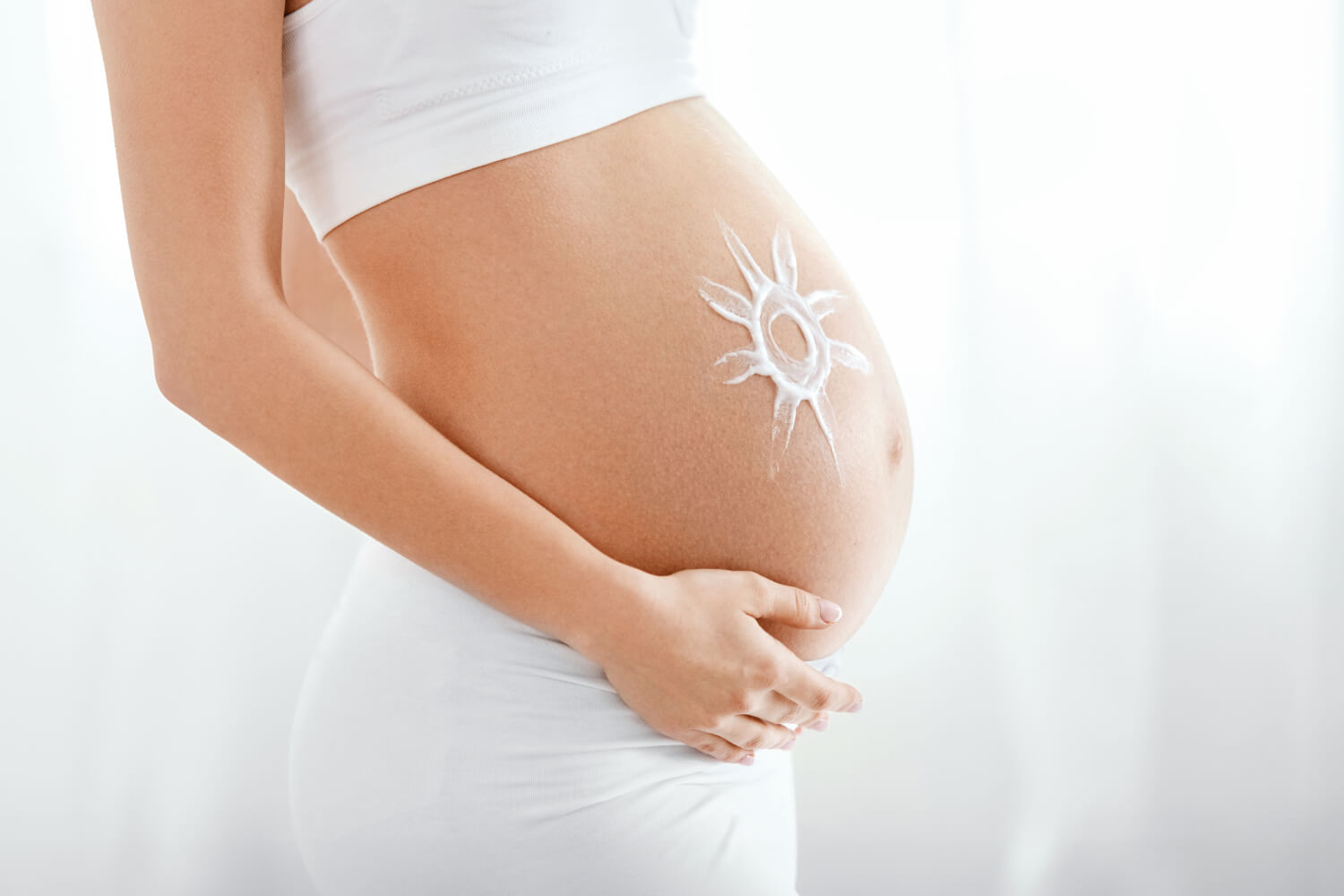
When you are pregnant, constant changes are your new normal. Not only do you have shifting organs and moods, but your skin also shows plenty of what is happening inside. Your body is in constant transformation and adaption to the changes happening. Given that your skin is also an organ, all these changes are reflecting what is going on inside. It can go from issues that will give you mild discomfort to others that will keep you up at night.
What exactly is “pregnancy-safe” skincare?
Before heading out to the skin issues that arise during pregnancy and how to tackle them, let’s take a moment to discuss what cosmetics you can use while pregnant. If you’ve reached this post, you have probably already googled this issue. This means you have also found out at least five ways the internet states you’re harming your unborn child. Please, take a deep breath and don’t worry. The baby is fine and you’re not the worst parent ever. The internet is the terrible one, not you. Online pages are full of fearmongering (and so are pregnancy books). This author knows this because “been there, done that” and almost threw a book through the window while pregnant because of the amount of misinformation it stated as a fact.
Skincare ingredients you should avoid while pregnant
Recommendations will vary according to each doctor, but here’s what science says: most cosmetics are perfectly ok during pregnancy. And even those we recommend avoiding don’t actually have any proof that they do any kind of harm to the baby. This means that if you used your retinol before knowing you were pregnant, the chances that you’ve hurt your baby are practically null. Remember that while cosmetics are not forbidden, medication applied on your skin that may look like a cosmetic may be forbidden. Always check with your doctor if you are applying any meds to your skin.
Given that during pregnancy we tend to be extra, extra careful, doctors usually recommend that you avoid some ingredients. Here is a list of the usual recommendations to avoid:
- Retinoids: although there is no evidence that retinoids can harm an unborn baby, we tend to avoid them. This is because medications of the same compound family are forbidden during pregnancy. Avoid products that contain retinol, retinal, or any derivative such as retinoates.
- Hydroquinone: even though almost no cosmetics use hydroquinone, it’s always good to remember that you can’t use hydroquinone while pregnant.
- Salicylic acid: you won’t find consensus regarding salicylic acid. Some doctors will ask you to remove any products containing salicylic acid from your routine, but others will tell you it’s ok. Do what makes you feel more comfortable.
- Exfoliating acids: it’s normal to get sensitive skin while pregnant. Therefore, some concentrated exfoliating acids may disrupt your skin, even if you were previously using them with no issues. Avoid if necessary for your skin health.
- Essential oils: some essential oils can be absorbed by the skin, so we recommend avoiding formulas that contain essential oils.
Skincare ingredients that are safe for pregnancy
You will find long lists stating every single ingredient you should avoid. Please avoid reading them, because you’ll panic for nothing. But let’s check some ingredients you can continue using during pregnancy, even if the internet says you can’t:
- Hyaluronic acid: even though it says “acid”, you don’t have to avoid it. In fact, your skin produces hyaluronic acid and needs it to stay hydrated. There is no exfoliating action going on with this ingredient, you can use it abundantly.
- Vitamin C: vitamin C helps to reduce the damage the environment can do to your skin. As long as you don’t use an oxidized product (it will change color to orange/brown) you won’t get more dark spots.
- Organic sunscreens: during pregnancy, you already have to face so much, that you don’t need to do it while rocking a mask of white mineral sunscreen. You will find many resources that tell you mineral sunscreens are the only ones you should use. Fear not, the sunscreen you should use is the one you love and will use abundantly. This is the best way to prevent dark spots and using just a tiny bit of mineral sunscreen won’t help you.
How your skin changes during pregnancy, & what you can do about it
Now that we’ve discussed in broad terms what you can use while pregnant, let’s see how your skin changes during pregnancy and what you can do about it.
Most changes during pregnancy are due to one of two main issues: your body is changing to accommodate a growing human being, and your hormones are jumping up and down. Both mean that you are experiencing huge changes on a daily basis, so don’t feel bad because your body may be giving you a hard time. Just do the best you can with it, and remember that many of those changes will vanish postpartum.
For melasma, using brightening serums
Melasma is one of the biggest changes experienced during pregnancy. In fact, it’s estimated that up to half of pregnancies lead to melasma. But what is melasma, exactly? It’s a skin condition in which some skin areas are darker. This is because melanocytes, the cells that produce the skin pigment melanin, are overstimulated during pregnancy. They end up producing more pigment on areas such as the upper lip, forehead, cheeks, and nose. Sometimes, these dark spots will fade over time after pregnancy. However, some people will have a tendency for dark spots in those areas forever after having it the first time. Therefore, it’s crucial to use both sunscreen daily and products that can prevent dark spots from appearing. There are a lot of depigmenting products that the brands themselves don’t recommend during pregnancy, but you can still find a lot of cosmetics for pregnancy melasma.
For stretch marks, try creams and oils
Stretch marks appear for obvious reasons: your body has to stretch to accommodate the new human being. With such a growth spurt, your skin isn’t ready and the fibers that hold the skin tend to break and form scars. These scars are what we call stretch marks. When they are still red/purple you can still recover the scar tissue, but once they go white, there is little you can do. From when they appear until they turn white, you have about one year, so even if they appear while you’re pregnant, you still have time to address them postpartum if you don’t like them.
The best combo for addressing stretch marks is retinol and microneedling. However, please remember that retinol should be avoided while pregnant, so you have to wait a bit to use it.
As for prevention, it’s a bit tricky. Although some body creams have been proven to reduce stretch marks, it also has a great deal of genetics involved. Still, you should always keep your skin nourished, so using a stretch marks prevention cream is a great way to care for your skin.
For pimples, try anti-acne skincare
Acne is one of the main issues during pregnancy, mainly because hormonal breakouts are commonly treated with retinoids and salicylic acid. When you remove both from the possibilities, it can get harder to keep under control. But fear not, it doesn’t mean you can’t use anything. There are other ingredients that you can use to try to keep hormonal acne at bay. These are ingredients such as niacinamide, botanical extracts or even azelaic acid. In fact, we’ve compiled a whole collection of products you can use while pregnant to address acne.
Even if your hormones are a bit unhinged, there are ways to tackle this issue. Keep in mind that most acne cases during pregnancy end after the hormones stabilize once again. Therefore, most of this is just handling it while pregnant. However, being self-limited doesn’t mean you can’t address it while happening, as it can actually cause discomfort and reduce quality of life.
For itching skin, try soothing creams and lotions
Itching skin during pregnancy is somewhat tricky, because it can either be totally normal or a sign of cholestasis. If the itching is happening on your belly, it will probably get better with loads of nourishing cream. However, if your hands or feet start to itch intensely, seek out your doctor or midwife.
An itching belly comes from the fact that your skin is stretching to its limit. Once again, the joys of growing a little human inside of you. Choosing a nourishing and buttery lotion or body cream will help you tremendously.
Even though there are some limitations to what you can use while pregnant, there is still plenty you can use to be as comfortable as you can while pregnant. Pregnancy is hard as it is already, don’t worry about fearmongering online lists that will cause you stress. If you need help picking your cosmetics, be sure to drop us an email at help@caretobeauty.com and our pharmacists will be glad to assist you!
Pharmacy Technician & Beauty Writer



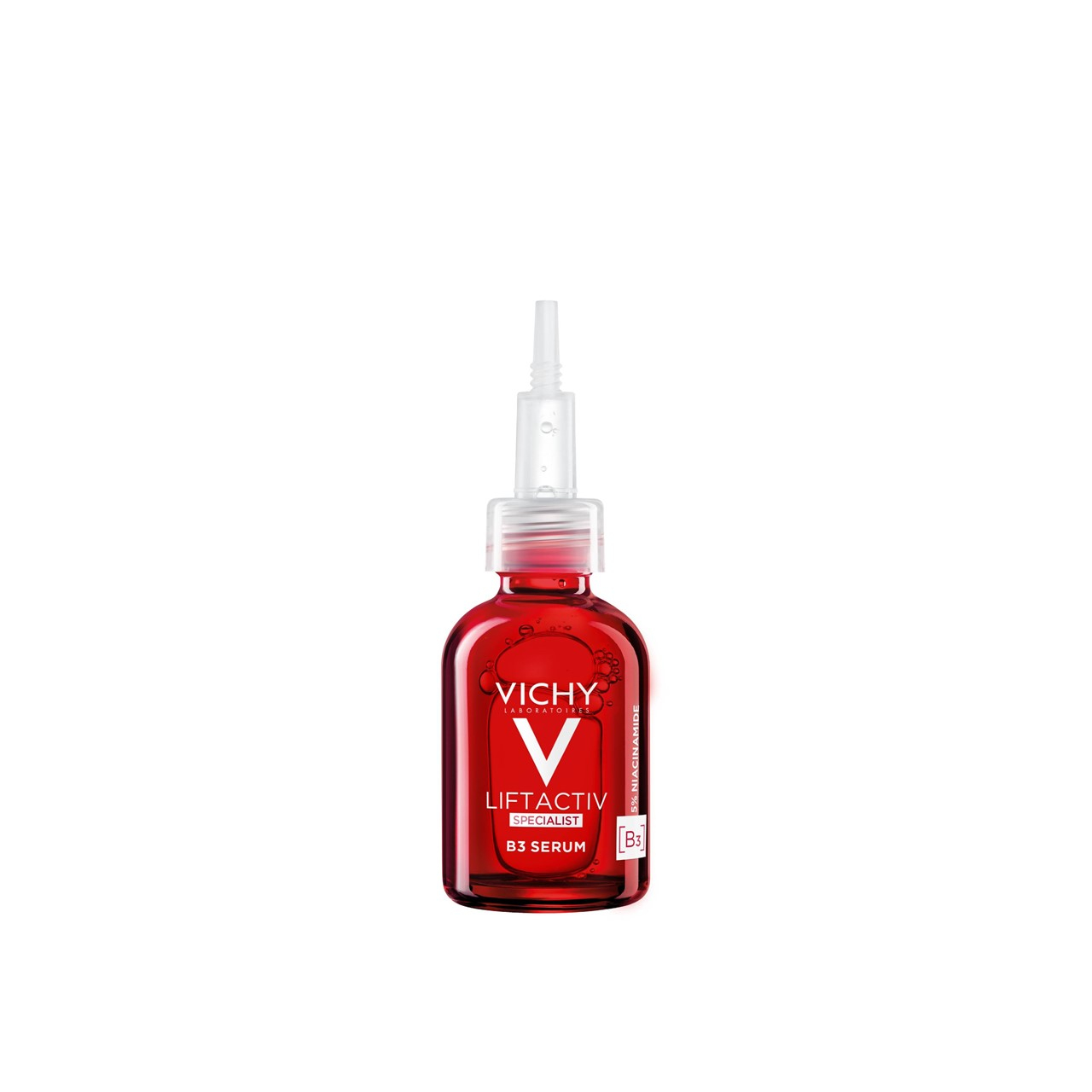
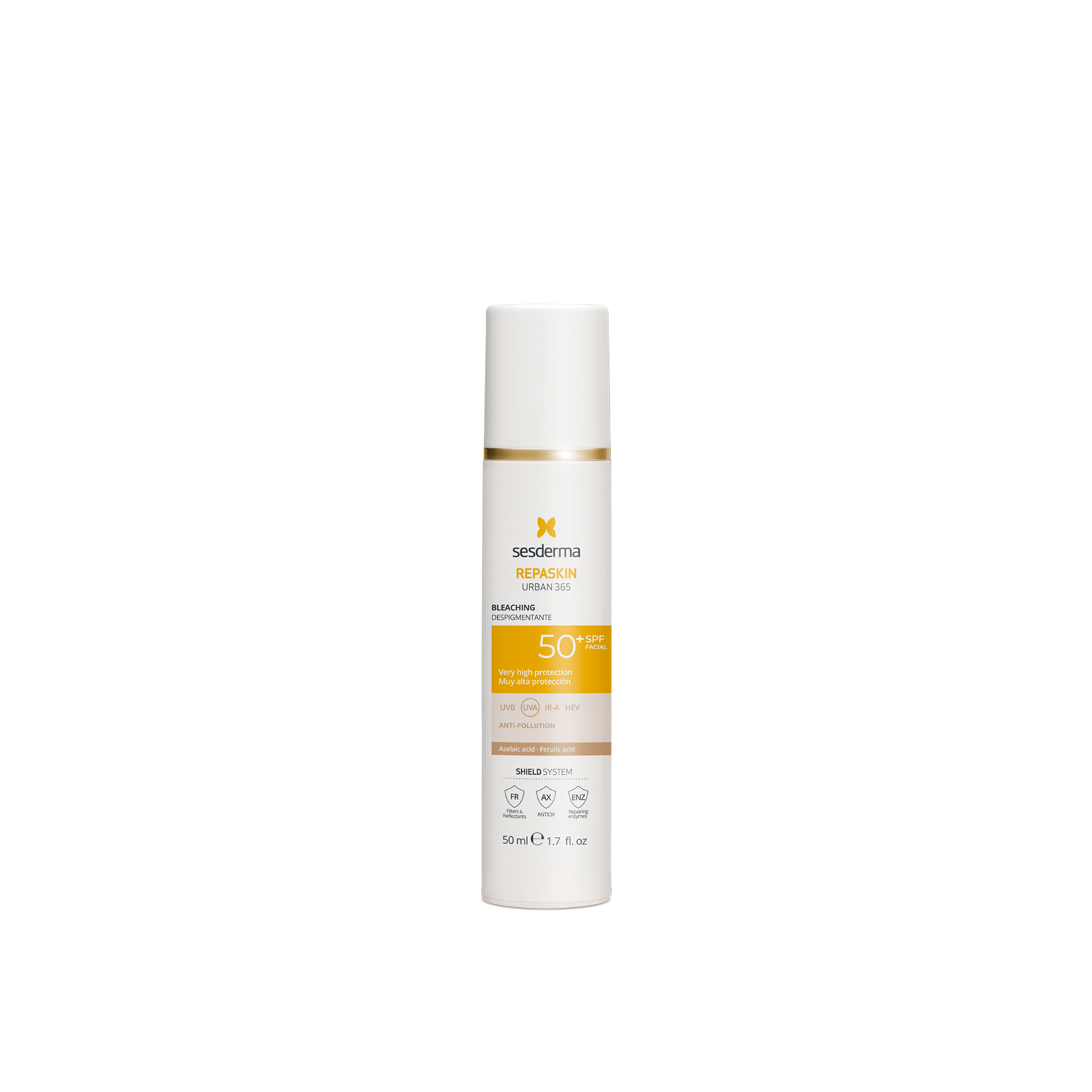
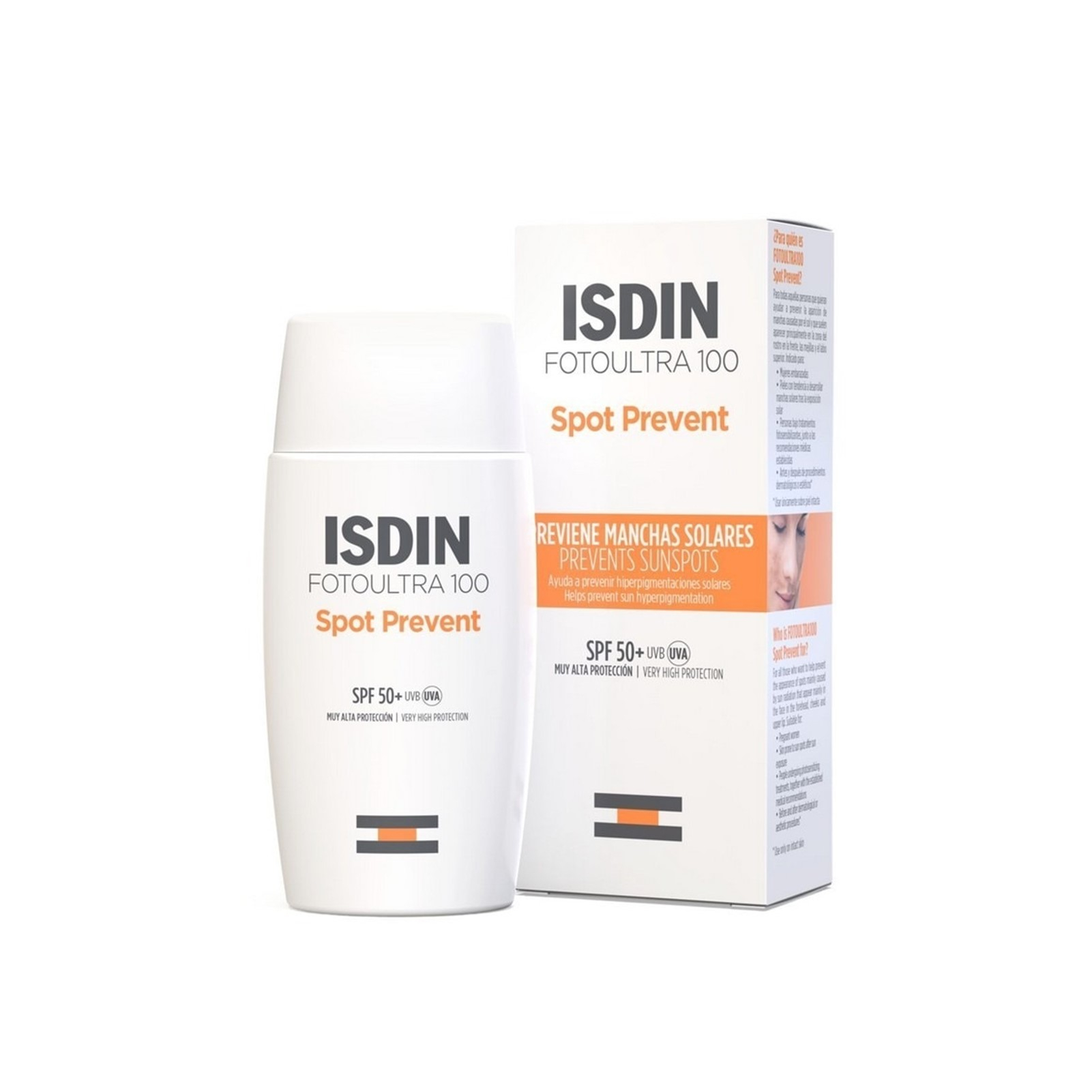
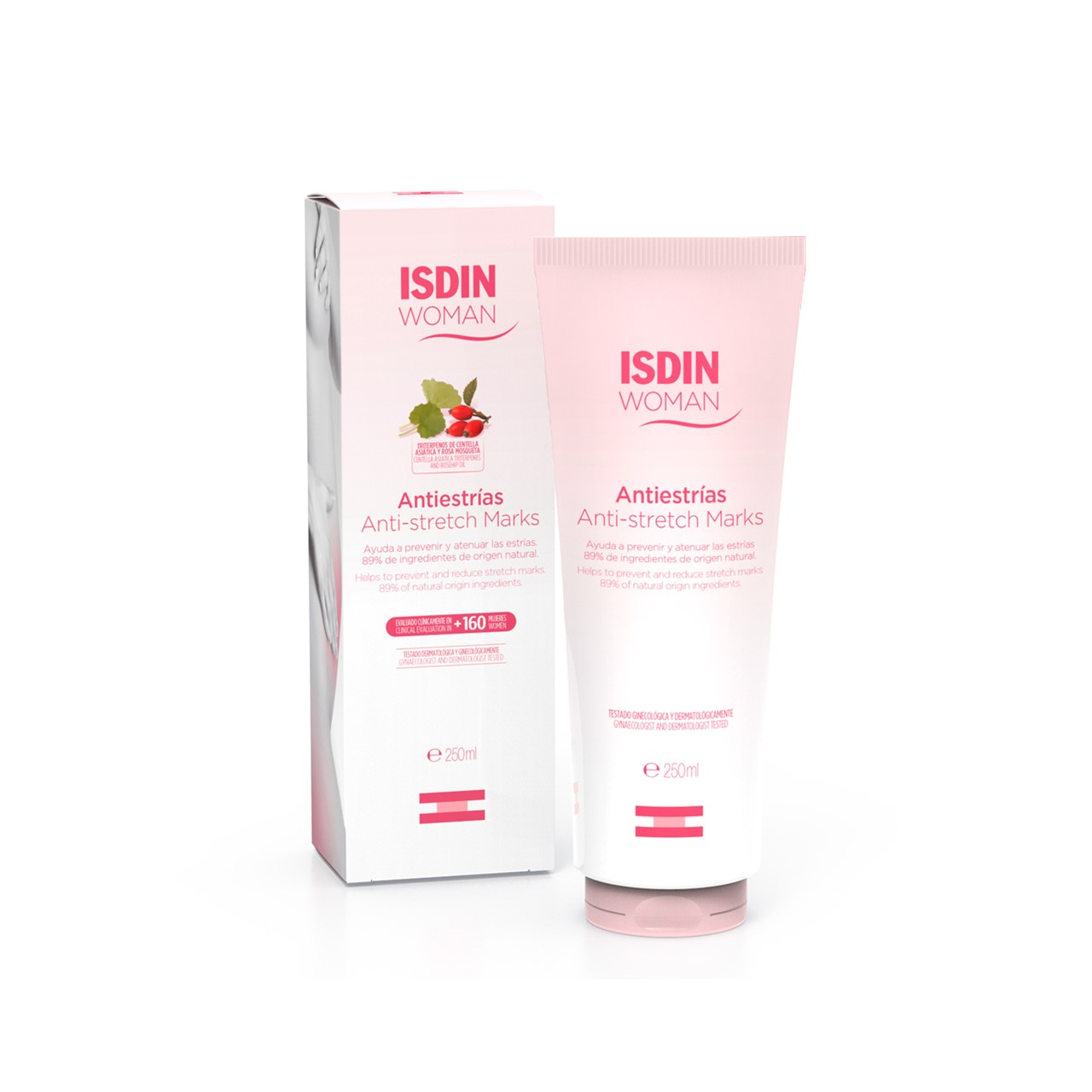
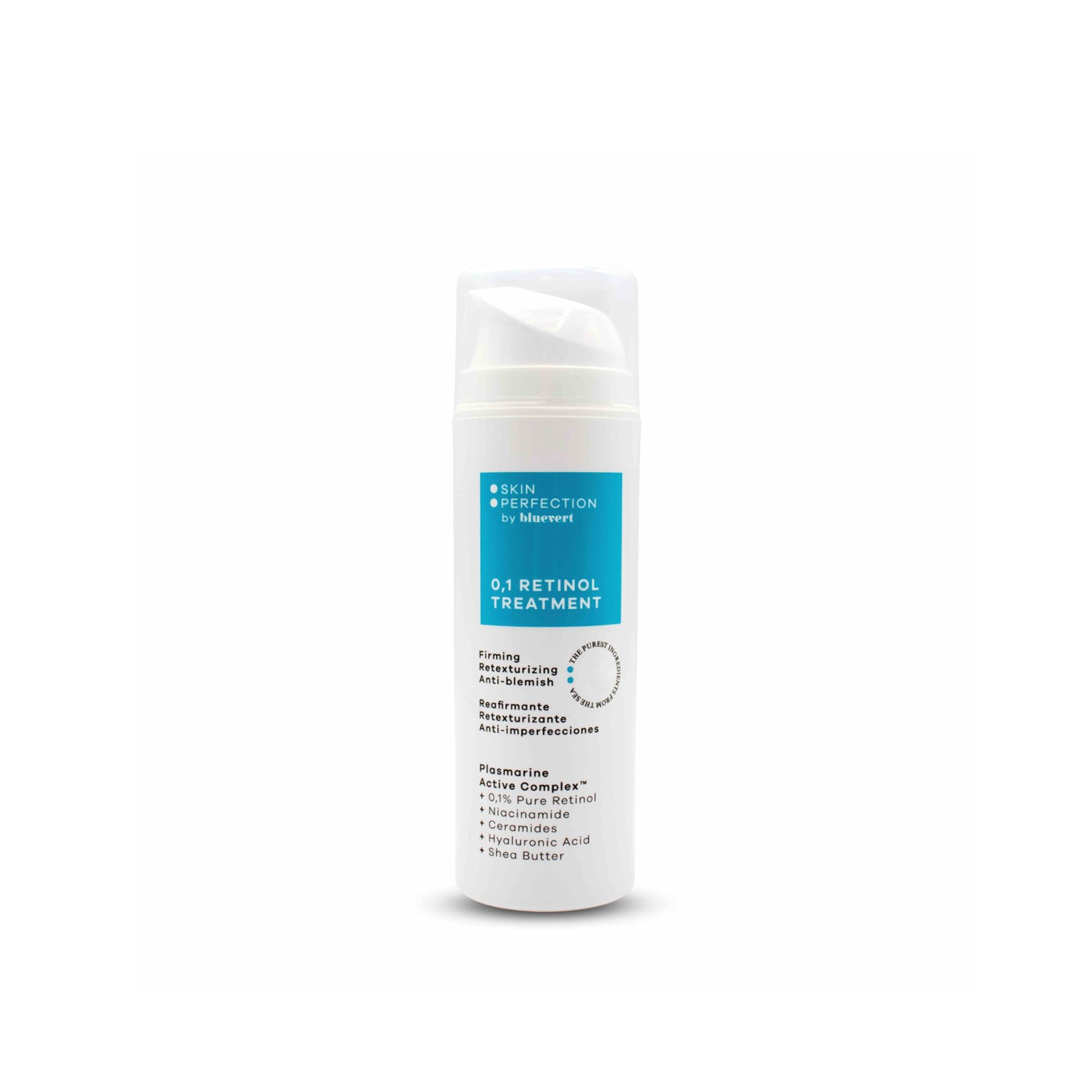

![SVR Ampoule Flash [AZ] Sebiaclear Anti-Blemishes Concentrate 30ml](https://static.beautytocare.com/media/catalog/product//s/v/svr-sebiaclear-ampoule-flash-anti-blemishes-concentrate-30ml_1.jpg)

